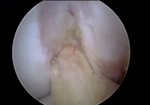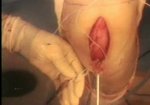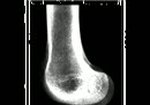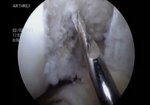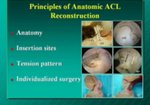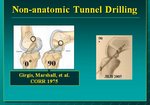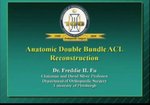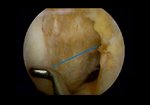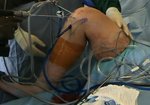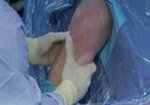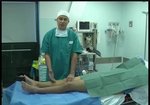Video Player is loading.
Current Time 0:00
/
Duration 0:00
Loaded: 0%
Stream Type LIVE
Remaining Time -0:00
1x
- 0.5x
- 0.75x
- 1x, selected
- 1.25x
- 1.5x
- 1.75x
- 2x
- Chapters
- descriptions off, selected
- captions settings, opens captions settings dialog
- captions off, selected
This is a modal window.
Beginning of dialog window. Escape will cancel and close the window.
End of dialog window.
10 seconds
Playback speed
This is a modal window. This modal can be closed by pressing the Escape key or activating the close button.
3,149 views
February 27, 2011
Biological integration of the tendon graft is a crucial prerequisite for successful ACL reconstruction. Histological ...
read more ↘ studies showed that the human ACL remnant contains a cellular capacity for healing potential. The goal of this technical note was to describe an ACL reconstruction technique, using the remnant as biological sleeve for the graft. In case of complete ACL rupture with a large
remnant, the tibial tunnel was performed inside and through the ACL tibial stump by careful sequential drilling. Femoral tunnel placement was performed by an outside-in technique. The hamstring graft was left attached to the tibia and routed through the ACL remnant to the femur. The aim of this technique is the preservation of the biological and mechanical properties of the ACL remnant. In order to preserve large remnant resulting in greater graft coverage, the best period to perform this reconstruction is during the first weeks after the injury.
↖ read less
read more ↘ studies showed that the human ACL remnant contains a cellular capacity for healing potential. The goal of this technical note was to describe an ACL reconstruction technique, using the remnant as biological sleeve for the graft. In case of complete ACL rupture with a large
remnant, the tibial tunnel was performed inside and through the ACL tibial stump by careful sequential drilling. Femoral tunnel placement was performed by an outside-in technique. The hamstring graft was left attached to the tibia and routed through the ACL remnant to the femur. The aim of this technique is the preservation of the biological and mechanical properties of the ACL remnant. In order to preserve large remnant resulting in greater graft coverage, the best period to perform this reconstruction is during the first weeks after the injury.
↖ read less
Comments 11
Login to view comments.
Click here to Login







